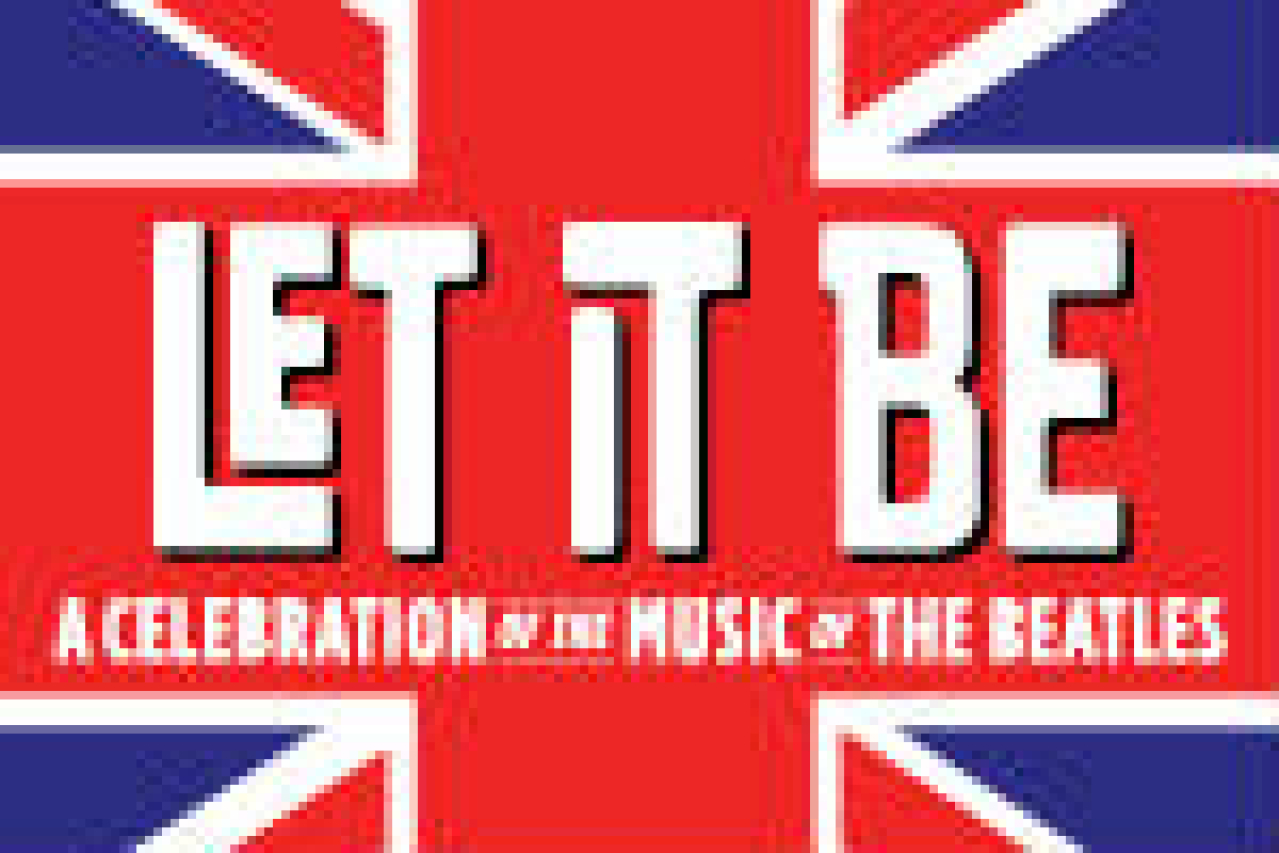Let It Be

(© Chad Batka)
Lo these 133 years later, international copyright law is much more stringent. Plays and musicals regularly cross the pond with the full cooperation and compensation of the original authors. The latest such show, Let It Be, comes to Broadway from London’s West End where it has been playing since September 2012. This concert tribute to the Beatles is now receiving its American premiere at the St. James Theatre. It is also the subject of a copyright-infringement lawsuit brought by the American producers of Rain: A Tribute to the Beatles on Broadway, which ran in 2010-2011 season.
The two shows are eerily similar, with identical costumes, set pieces, and almost the exact same song list. The pre-show for Let It Be features Beatles trivia. It employs funny retro commercials to kill time during costume changes. A brightly colored banner hangs from the rafters reading “need vous liebe amor” during the Magical Mystery Tour section. Rain had all of these things too. That means if you loved Rain, you’ll probably love Let It Be just as well. Neither show is a “jukebox musical,” as they are often misidentified. Rather, they are both thinly veiled concerts that just happen to appear before a Broadway audience.
If the goal is to perform the greatest hits of the Beatles’ catalogue in a manner visually evocative of that band’s various eras Let It Be succeeds spectacularly. The show traces the fab four’s discography from their early days playing Liverpool’s Cavern Club through their appearance on The Ed Sullivan Show; their raucous Shea Stadium Concert; their retirement from touring; and finally their last album, Let It Be. As the show evolves, so do the costumes as the performers don ever-lengthening wigs.
The actors plow through the music with ease and do a fine mimicry of the Beatles: James Fox has Paul’s goofiness, Reuven Gershon plays up John’s smart-assery, John Brosnan captures George’s strong silence, and Luke Roberts is competent and forgettable — just like Ringo.
The show smartly integrates Ryan Alex Farmery — the black-clad non-Beatle who appears upstage to play every other instrument — by having the band acknowledge his presence. Like a less-creepy Phil Spector, this one-man orchestra is uber-talented and integral in the performance of the “little symphonies for the kids” that the Beatles churned out in their later years.
Video designers Duncan McLean, Darren McCaulley, and Mathieu St. Arnaud have transformed the St. James Theatre into a psychedelic wonderland. Flowering vines climb the walls and invade the balcony, surely resulting in a flashback or two for the audience members who lived through the ’60s.
Let It Be does this with minimal interruption for stage banter. That’s as it should be because the music is really the star of the show. “Yesterday,” “All My Loving,” “Lucy in the Sky with Diamonds,” “A Day in the Life,” and of course, “Let It Be” — they’re all there. These songs are indelibly burned into the psyches of so many people around the world, inextricably linked to specific moments and emotions. The mere act of hearing them live while surrounded by fellow Beatlemaniacs offers a cathartic experience, dredging up memories of lost love, life milestones, and wild parties.
That is just what Let It Be is selling, and they do it very well. Is it derivative? Of course, but that’s the point.











